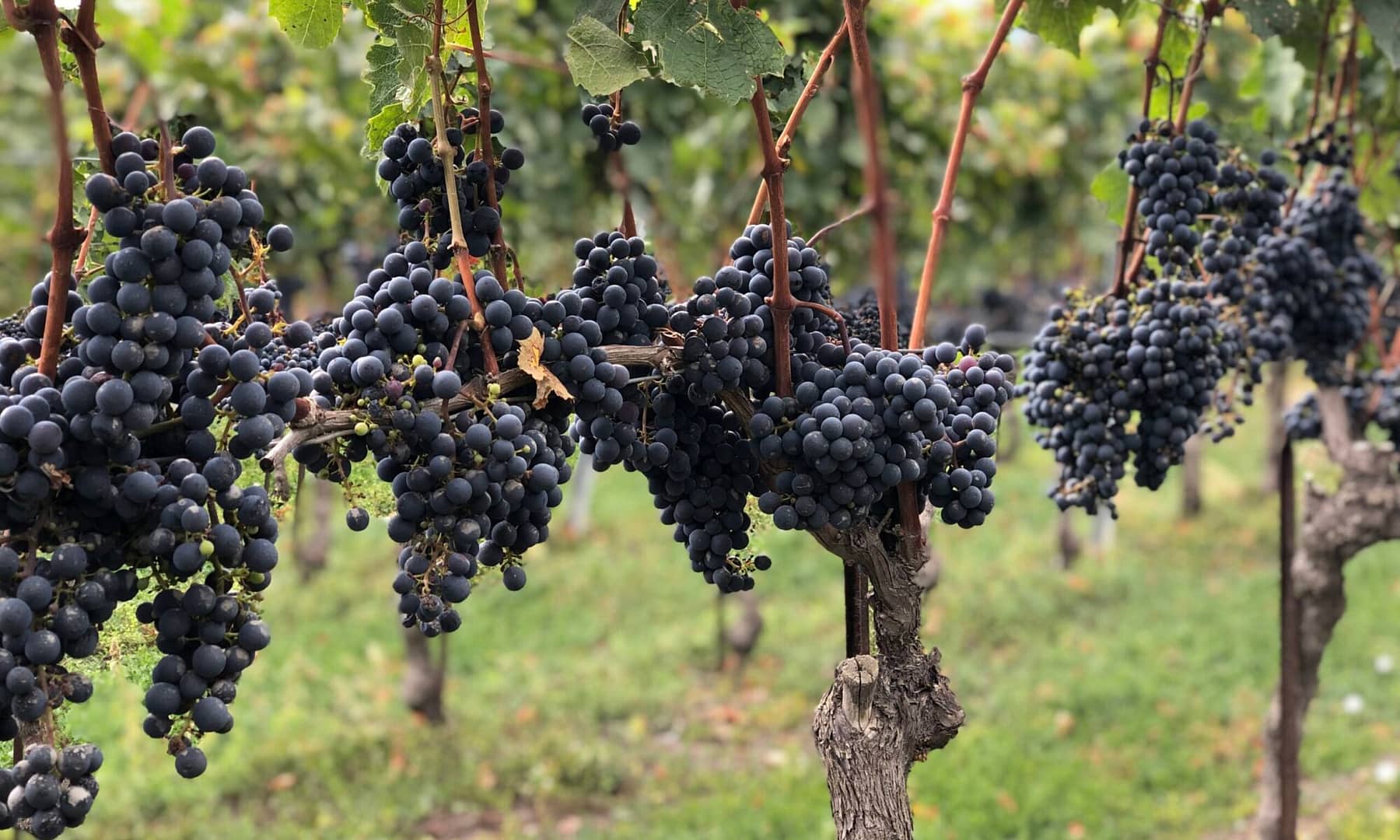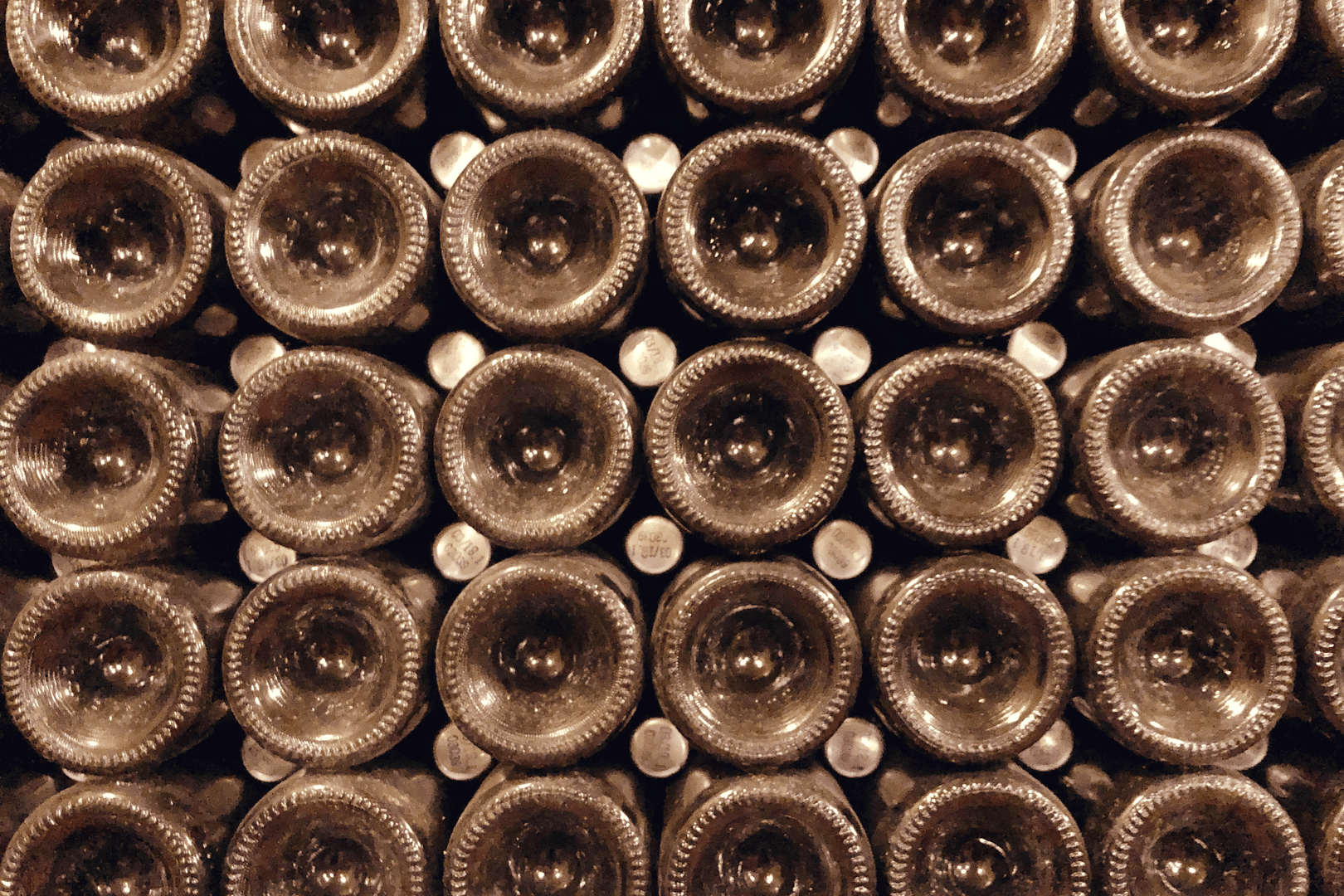Earlier this year, the survey “Mercato Italia, gli Italiani e il vino” (Italian Market, the Italians and the Wine”) carried out by Vinitaly with l’Osservatorio Vinitaly-Nomisma Wine Monitor was presented at the Verona Fair. It refreshed some assumptions about the profile of the Italian wine consumer and checked the pulse of the market in the largest producing country in the world.
Re-thinking the profile of the Italian wine consumer
Italians are drinking less. The analysis has shown a -26% reduction in volume compared to twenty years ago. Drinking has become more responsible throughout the country: the average is of 2-4 glasses a week, consumed mainly at home (67%) and in particular by baby boomers (55-73 years, at 93%). Nevertheless, relevant shares have been increasing through all generations with millennials (18-38 years) showing a penetration rate of 84%.
A big contribution in the drop in consumption came from changes in the life style of Italians (increased attention to health, working habits, etc…) and increased rigour on the traffic laws regarding limits of alcohol consumption before driving.
Even if Italians are drinking less in average, the market holds and produces a consumer value estimated in approximately 14.3 billion Euros (2018). That translates into a growth of +2.8% vs. 2017. The estimated volume sold was of 22.9 million hectolitres, which is rather stable vs. 2017 (-0.3%).
Shifts in Preferences
Interesting perceptions between drinks and social occasions were brought up on the survey. For most of the people interviewed, wine is tradition, elegance and culture, as opposed to spirits, associated with fun and monotony, or beer, where the link with friendships and everyday life prevails.
While it is true that red wine remains the favourite on the table, preferences change along the Italian peninsula. These shifts are rooted on changes in consumer habits as well as the dominant grapes and styles in the region.
Red wine lovers drink at least 2-3 times a week in 50% of the cases, while for the other types the consumption is more sporadic and happens often out of home. In metropolitan cities, the penetration rate is slightly higher than the Italian average (91% in Naples against 88% in Italy) and the average age of consumers is lower. Rome drinks more white than the Italian average (25 % vs 18%) while the reds dominate the preference in Naples. In Milan, the consumption of sparkling and rosé wines is well above the country average.
Through out the country, the spritz is the king of the aperitivo and whenever a glass is served out of home. The spritz is now a true initiation rite on wine for the younger palates. Some see it as a popular trend that bridges the first cultural introduction towards the more traditional product.
The consumption of spritz takes off especially in Lombardy and Veneto, with around 40% of the consumption out of home. That trend is also observed for other wine mixes in the big cities, where the propensity to wine tourism is bigger, especially in Milan (36% ). Red, the first in consumption, dominates the South, Piedmont and Tuscany. Veneto stands up with the concentration of sparkling (contribution from the being the center of prosecco production).
Passing the wine knowledge test
The survey also pointed that rather than dig deeper on wine knowledge, the average Italian wine consumer is more focused on the satisfaction of the senses. Only a quarter of consumers say they can recognize what they are drinking.
The share of “connoisseurs” rise in males (33% against 18% of women), in the North-West (31%) and in a manner directly proportional to income (45%) and education (39% graduates).
When selecting the wine, the survey revealed that the production area, denomination and grape variety are the dominant criteria. Together they add up to 61% of the answers and prove to be much more important than price, company brand, sommelier advice and green features.
The survey also asked which trends the consumers believe will get stronger in the next 2-3 years. They have indicated the autochthonous (28%), the organic (19%), the Venetian, Piedmontese, Tuscan, Apulian and Sicilian wines and the light, easy to drink.
The knowledge gaps regarding great vines are a bit more evident: when asked to indicate the regional provenance of Amarone della Valpolicella, Brunello di Montalcino and Franciacorta, only 1 Italian out of 4 responded correctly. In a geography of responses that rewards the Venetians (38% of answers without errors), followed by Lombardy (34%), while Sicily and Campania fall behind, with the threshold lowered to about 20% of respondents.





